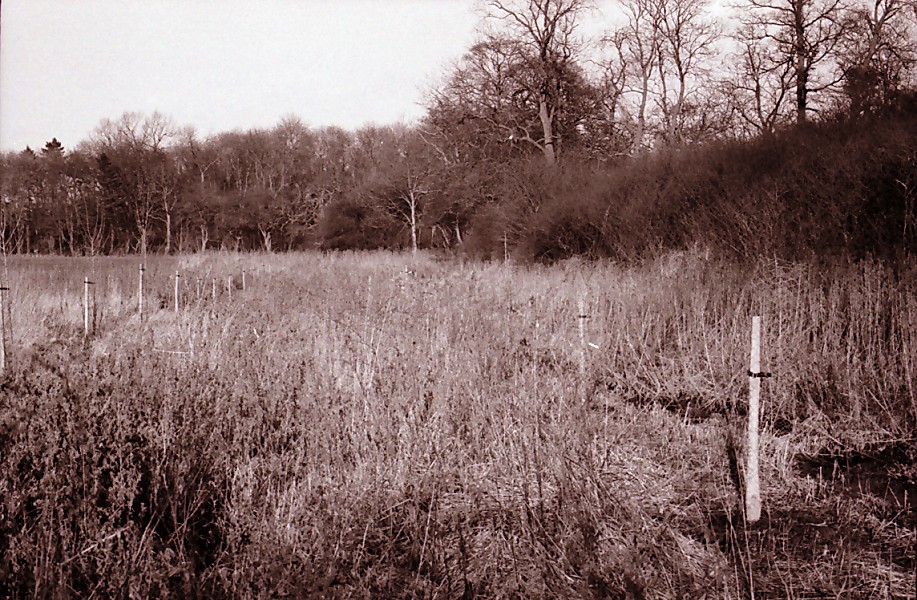HIGHWAYS and BYWAYS
Some of the roads and tracks within the parish are essentially unchanged over many centuries. However some tracks have disappeared, and some emerged in recent times. We have local maps which display great detail going back certainly to the early 1700s. The Barkway High Street has followed the same path through the village at least since Roman times, and probably before. At one time the Royston Road junction was a crossroads, with tracks going east beyond Nuthampstead.
One big change came with the advent of enclosure, when the former strip farming was abandoned, to be replaced with regular fields. The act of Parliament allowing for Barkway enclosure was in 1808. The benefits of the consolidation that enclosure gave were certainly to the advantage of the larger landowners.
The current byway from the corner of Royston Road westerly to Reed, goes past the Periwinkle Hill castle site. About 300 metres along this track a footpath veers to the right following a Quin tributary in a northerly direction. Beyond the point where the path turns to the west, is the ancient village chalk pit. This would have supplied lime for the fields and building mortar. This quarry was the site of the Barkway hoard discovery in 1743 . Old maps show the track to the quarry as wide and well used. With the coming of enclosure its use probably declined as not now convenient for villagers.
The track curved around the top of the pit, turning westward, and crossing the Causeway or Joint pursued a route on the parish boundary towards Royston. This track was known as Maltmans Way. Another old track leaves the High Street by the Red House, going east towards Nuthampstead. This was once known as Three Roods Lane, a rood or rod being a quarter of an acre. The old strips were given a size recorded as ARP, acres, rods and perches. There were 40 perches to the rod. The lane leads to a pleasant wooded area of 3 rods once known as Lower Stow Pightle. Another track led from the side of the Want House (no. 106) to join Church Lane at Diamond corner. In the 1841 census there are recorded inhabited cottages in Want Lane. The word want simply refers to a way or road, and is seen in the ancient name for Barkway of Bergwant – the way over the hill.
